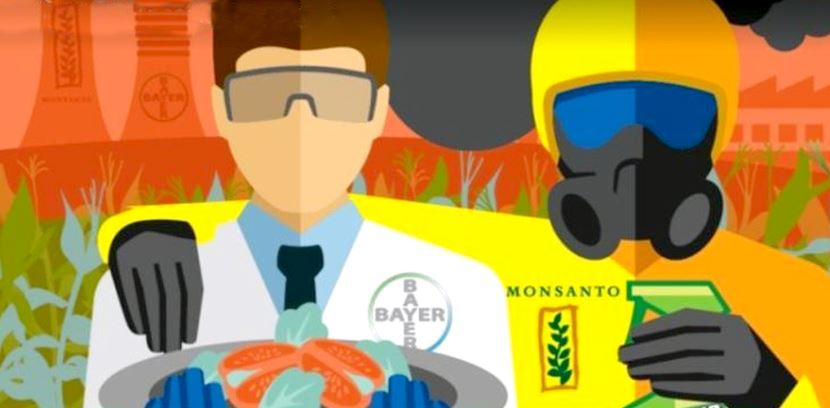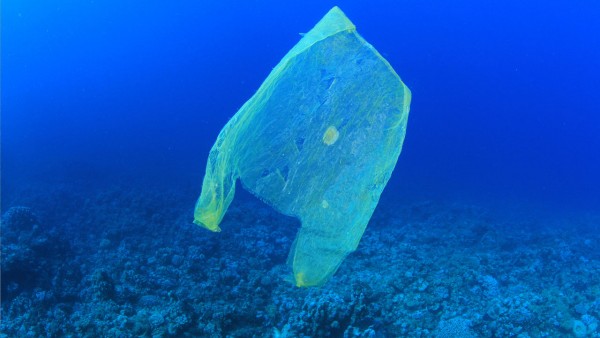See the list of the top 5 most dangerous vaccines whose victims received high payouts from the U.S. government
06/07/2017 / By Vicki Batts

It’s no secret that vaccines can and do harm innocent people. But just how many people have been harmed by them — and how much has the government awarded to families of vaccine victims? Between the fiscal years of 1989 and 2015, the U.S. government’s Vaccine Injury Compensation Program has awarded over $3 billion in injury compensation and legal fees to the sufferers of vaccine injury and their families.
As you might expect, some vaccines seem to be more harmful than others. For example, the vaccines with the highest number of complaints filed are DTP and Influenza vaccines. The MMR rounds out the top three with 947 complaints filed, and is followed by the Hepatitis B vaccine, with 672 complaints filed. The inoculation with the fifth highest number of complaints (and payouts) is the DTaP vaccine, with 454 complaints.
As of 2015, there were a total of 3,982 complaints filed against the DTP vaccine, with 696 instances of death. Sadly, only 1,270 of those cases were awarded compensation. As for influenza vaccines, or flu shots, a total 1788 complaints were filed and 985 cases resulted in compensation.
When looking at some of the ingredients found in the flu shot, it comes as no surprise that so many complains have been filed. There are an array of flu vaccine formulations on the market these days and many contain questionable ingredients, such as: squalene-based adjuvants (you may recall squalene as the cause of Gulf War Syndrome), formaldehyde, monosodium glutamate, and thimerosal. Thimerosal is a mercury-containing ingredient that is used both as a preservative and a processing agent in several vaccines, according to the FDA. The FDA itself admits that some vaccines contain up to 24.5 micrograms of mercury per 0.5 milliliter dose.
While world health authorities claim that there is no convincing evidence that thimerosal is harmful, they themselves cannot escape the truth. In document from the World Health Organization, they acknowledge that studies of infant macaques monkeys and rats have found that there is indeed evidence of harm caused by clinically relevant amounts of thimerosal. As the WHO summarizes, “preliminary evidence of behavioral neurotoxicity in infant macaques following a single dose of HBV containing a clinically relevant dose of thimerosal on day of birth.”
Furthermore, the same document states “Half-life of ethylmercury in blood has been shown to be similar in human and macaque infants,” which would likely indicate that the effects of the ethylmercury in thimerosal would be similar as well. Yet, this evidence is dismissed because of “limitations” that necessitate replication, according to the WHO. How is it that the studies showing thimerosal harms infant macaques are not “relevant” enough and require further replication, when they themselves state that these animals’ response to ethylmercury is similar to humans? And since when do we apply the “innocent until proven guilty” stance to things we are injecting into humans, anyways? Any inkling of harm should not be so readily discarded by agencies that purport themselves to be leading health authorities, yet here we are: the WHO acknowledges evidence of thimerosal’s dangers exists, and then writes it off.
Thimerosal, of course, is just one of many troubling ingredients that we see used in vaccines. Aluminum salts are also often used to help “stoke” the immune system into action — and it too can come with consequences. Aluminum is known to be a neurotoxic metal, and is even linked to conditions like Alzheimer’s disease and dementia.
Concerns about the ingredients used to manufacture vaccines continue to be waved off as “conspiracy theories” and other such drivel, but the truth is that many people have been harmed by these dangerous inoculations — and the powers that be are doing everything they can to obscure and deny these facts, and not near enough to prevent them from happening in the first place.
Sources include:
Tagged Under: vaccine damage, Vaccine Injury Compensation Program, vaccines



















